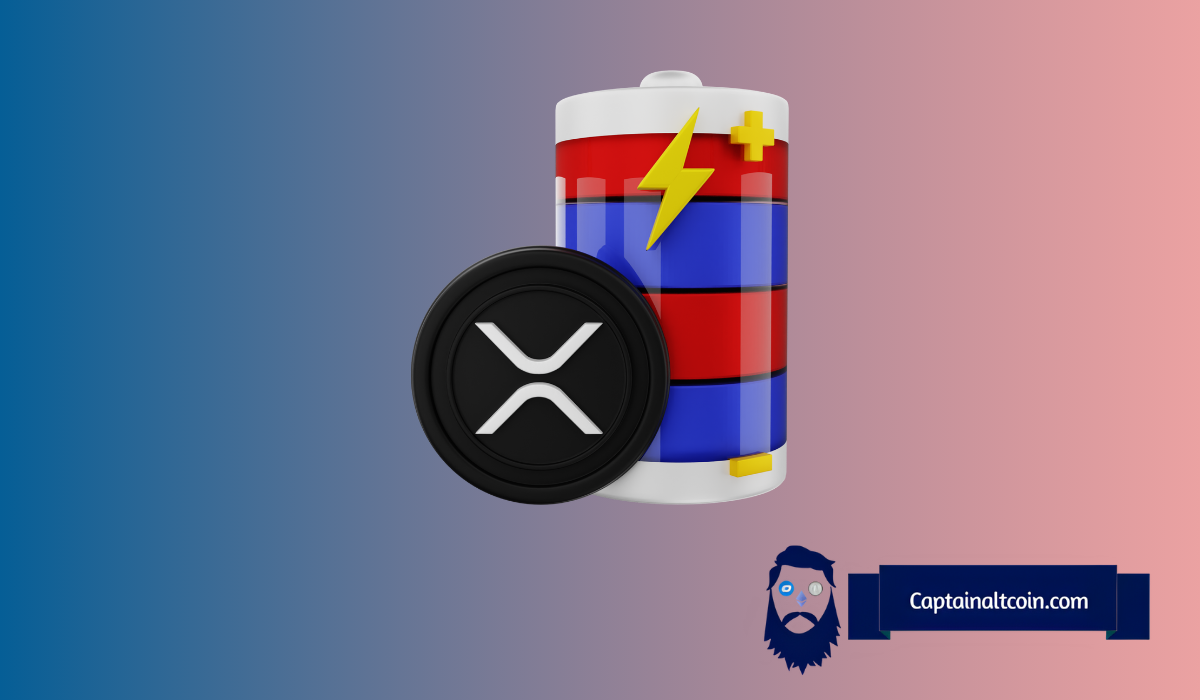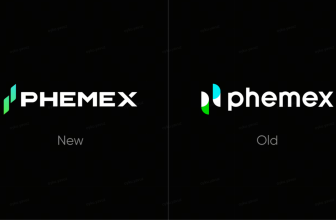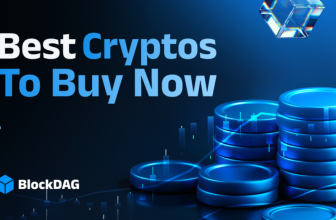
Stablecoins have become a big topic in digital payments. They offer stability, speed, and lower costs. XRP also supports fast global transactions, so it’s easy to see why some think the two might compete. The idea sounds fair, yet cross-border payments are more complex than they appear.
TheCryptoBasic, a crypto page on X, shared a discussion about this. The post explained how stablecoins, backed by fiat currencies like the US dollar, make moving money across borders almost instant. They’re simple to use and less volatile than most cryptocurrencies. Even so, that doesn’t mean XRP has lost its role or value in the process.
Ripple built XRP for a specific problem: how to send value between countries without depending on outdated banking systems. It wasn’t designed to compete with fiat currencies; it was built to connect them.
The XRP token acts like a neutral bridge that helps money flow where liquidity is low or non-existent. That’s the real edge Ripple has, and it’s something stablecoins, for all their convenience, can’t fully offer.
Debate Over Ripple’s Strategy and the RLUSD Launch
Vibhu Norby from the Solana Foundation shared his view on the Paul Barron Network. He gave Ripple credit for being well-managed and for building something that works. Yet, he also suggested the company may be leaning more toward the stablecoin space after launching its RLUSD token. According to him, that move shows a shift in Ripple’s priorities.
Paul Barron, however, had a different take. He said Ripple might not be abandoning XRP at all. Instead, it seems to be creating a full financial network where both the Ripple token and stablecoins can play roles.
He mentioned RLUSD’s growing value around $1 billion and pointed out that the XRP Ledger remains central to Ripple’s bigger vision. As shared by TheCryptoBasic, he also noted that Ripple still faces political and regulatory challenges in the US, but that doesn’t change what XRP is built for.
One of the individuals pushing this narrative is Vibhu Norby, Head of Product Marketing at the Solana Foundation, who recently shared his opinions on the Paul Barron Network.
— TheCryptoBasic (@thecryptobasic) November 10, 2025
Norby acknowledged Ripple’s success, saying the company is run by sharp leaders who have managed their…
Why XRP Still Holds an Advantage in Global Liquidity
Other voices in the crypto community echoed that view. Brad Kimes of Digital Perspectives argued that as more countries launch their own stablecoins or CBDCs, they’ll still need a bridge asset to connect them. His point was simple: stablecoins mirror fiat currencies, but they don’t solve liquidity gaps between them, but XRP does. That function becomes even more important as global digital currencies multiply.
Molly Elmore from Valhil Capital added a new point to the talk. She mentioned the Triffin Dilemma. It shows the problem of a currency trying to stay stable for daily use while also acting as a global reserve. Stablecoins may seem like a fix, but they only move old problems into digital form. No country wants the pressure or risks of being the world’s main reserve forever. That is why neutral assets like XRP still matter.
Read Also: Here’s Where TAO Price Could Go as the Bittensor Halving Countdown Begins
Stablecoins keep prices steady but depend on fiat reserves and central control. XRP is different; it runs without banks or governments, providing liquidity freely without needing approval. That neutrality makes it valuable for global payments. Ripple isn’t choosing between XRP and stablecoins; it’s building a system where both can work together.
TheCryptoBasic noted that Ripple’s future could mix the stability of fiat-backed tokens with the freedom of decentralized liquidity. XRP remains the bridge that connects it all and that role isn’t fading anytime soon.
Subscribe to our YouTube channel for daily crypto updates, market insights, and expert analysis.








